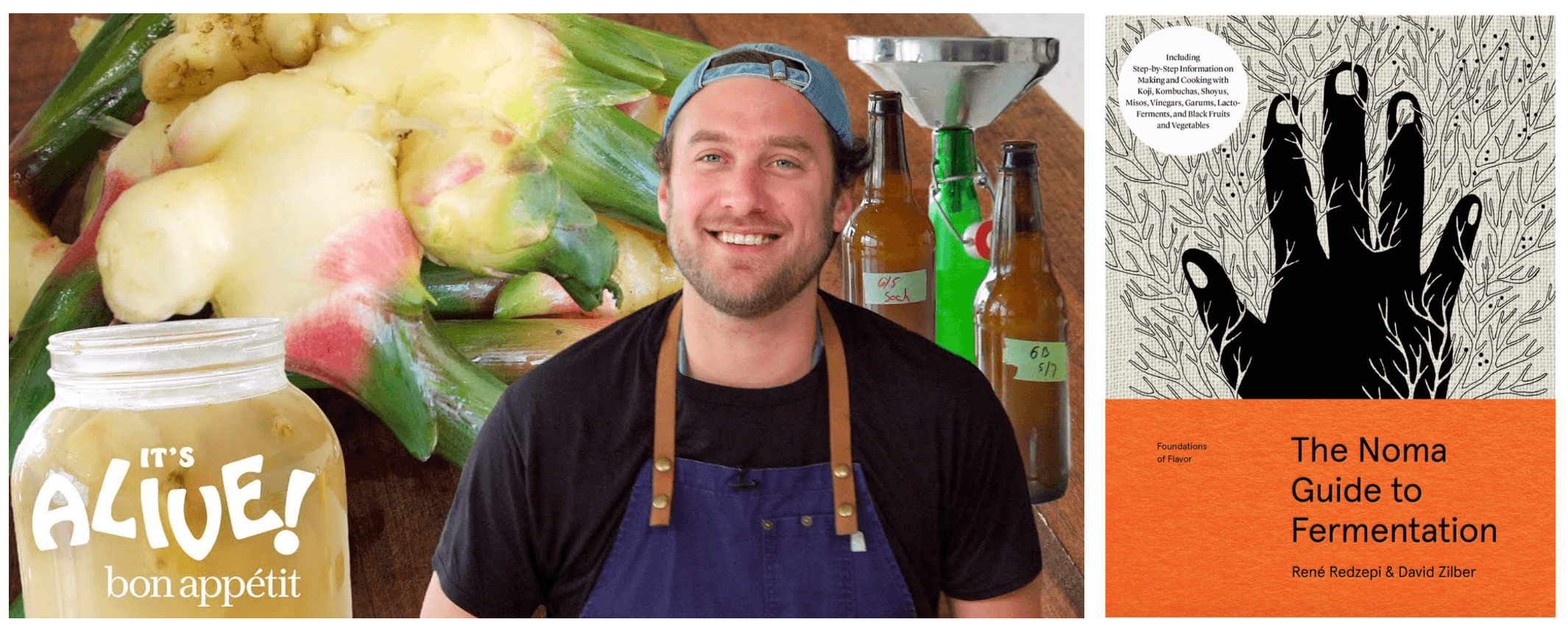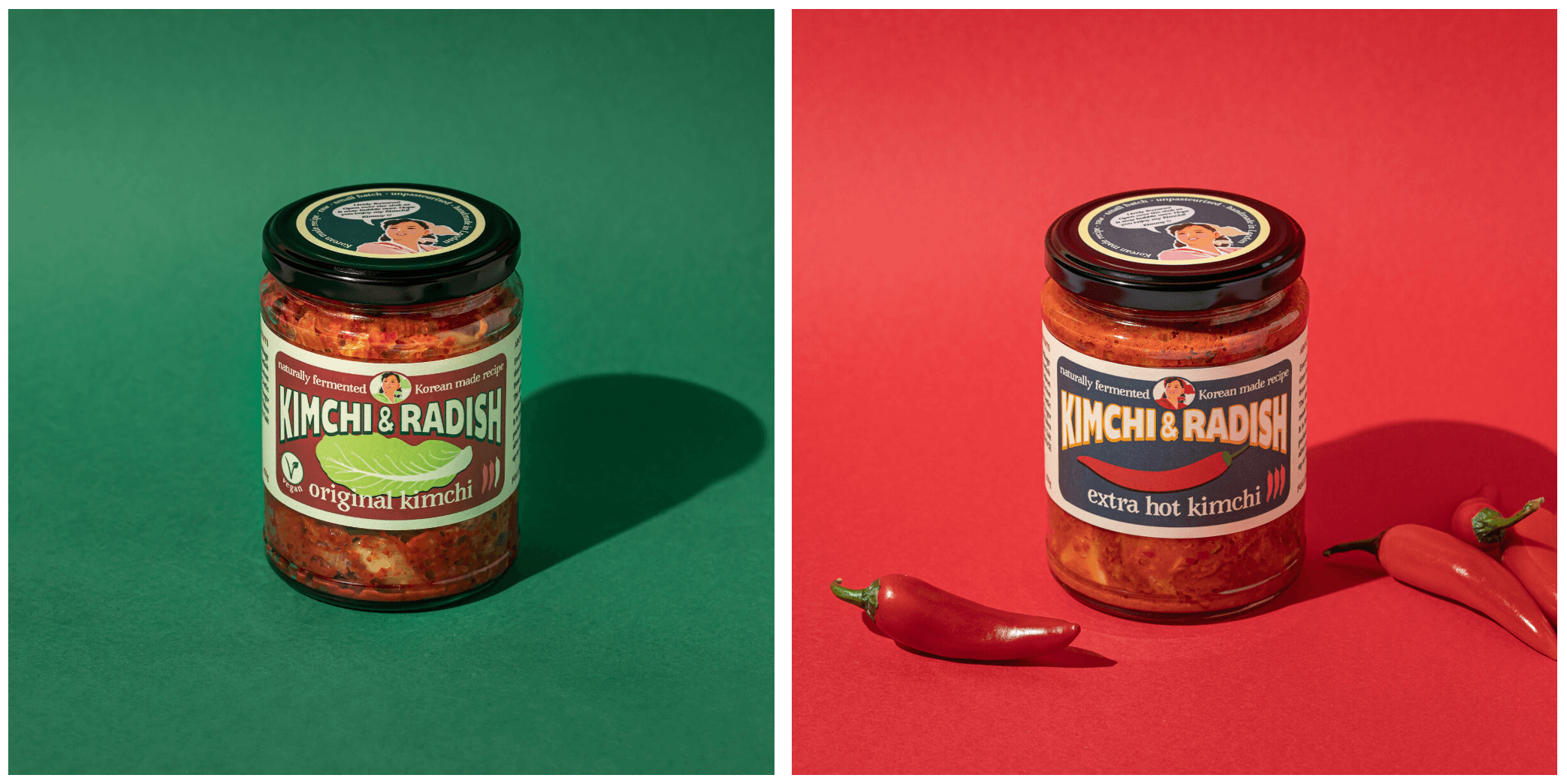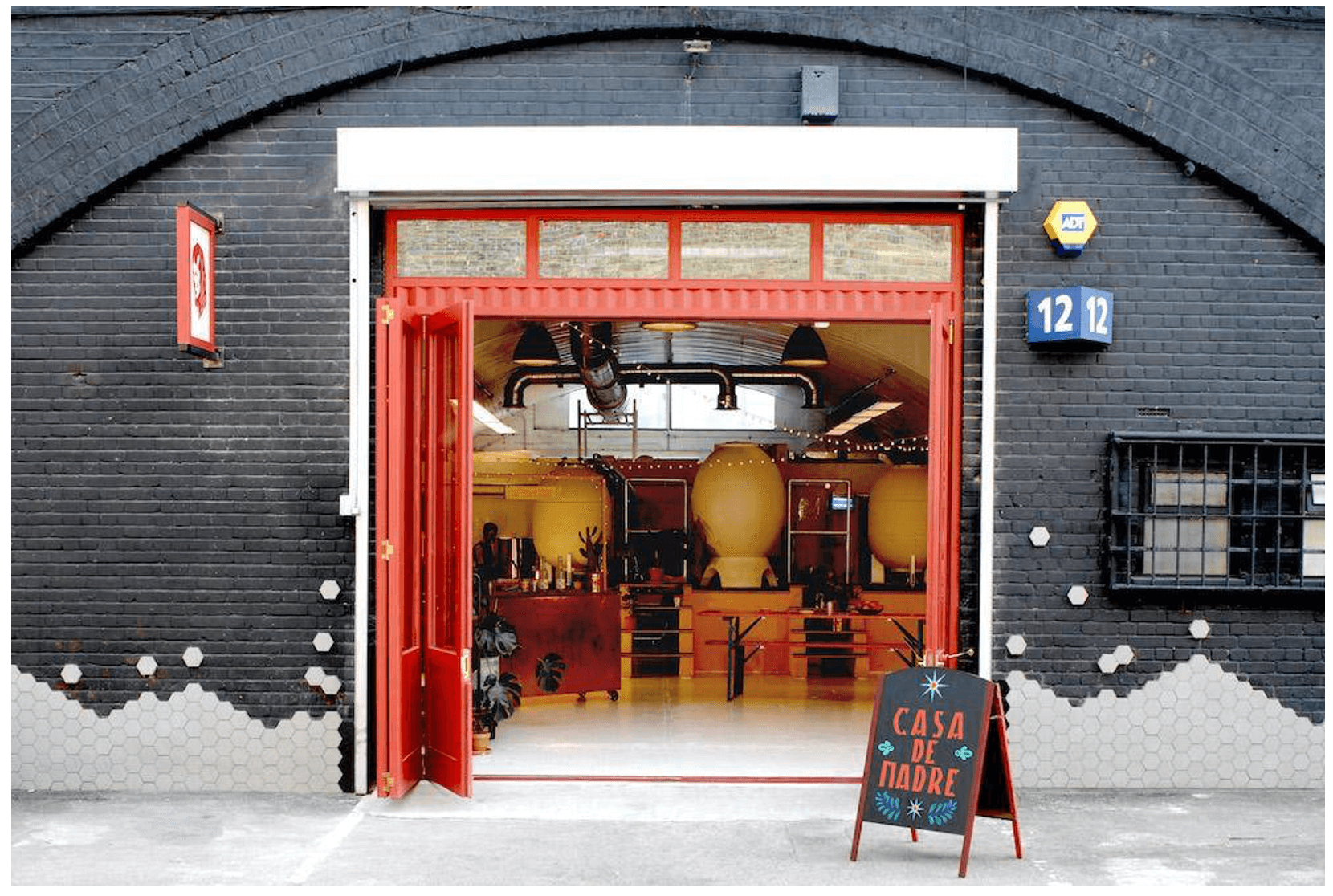Our Thoughts
Unrelenting Fermenting The rapid growth of funky foods
While the relationship between humans and fermentation is probably older than time itself, the fermented foods industry, not unlike the scobies used to make kombucha, has grown rapidly in recent years. Research shows a swelling market for products like kimchi, kefir, kombucha, natto and tempeh, as well as a growing appetite for the potential advancement in plant-based alternatives to meat that fermentation helps provide. Bon Appétit’s popular web series It’s Alive! with Brad Leone has popularised and demystified the bacterial processes behind some of our favourite fermented products, while books like The Noma Guide to Fermentation have helped solidify its cult foodie status. It is logical that during a recession, people are drawn to products with greater shelf-life, and that in an ongoing Pandemic, foods known for their health and immunity-boosting properties grow in popularity. But how does all of this translate into how brands communicate products that embody both the ancient, and a current zeitgeist?

Play on Words
Brands employ light-hearted linguistic wisecracks to reflect the creativity involved in fermentation techniques. We see this in brand names like ‘Eaten Alive!’; a riff on the biological process of fermentation, during which bacteria eat sugar and produce gases that give kombucha its sparkling quality. We also see wordplay used by brands like MoMo to describe production processes, in taglines like, ‘Raised in a small glass jar’; creating an image of bacteria as born and carefully raised, and of MoMo as its loving parental figures. Other brands using language creatively include London Fermentary and The Cultured Collective, both of whom use their brand names to communicate expertise (‘fermentary’, ‘cultured’) and community (again, in the word ‘cultured’, but also in the use of the word ‘collective’). The word ‘collective’ goes one step further, alluding to the language used to describe the ancient communities who might have first used fermentation to prolong the shelf-life of their food, blending the very old with the new and trendy. ‘Culture’ also crops up frequently – in aforementioned Cultured Collective, but also in brands like Somerset-based Cultjar; reflecting both the bacterial matter essential to fermentation (‘culture’ meaning the growth of micro-organisms), but also the cult status that fermentation has achieved in recent years.

Do Due Diligence to Cultural Origins
Fermented products come with their own cultural specificities and rich histories. Kimchi has a history in Korea going back three thousand years, tempeh originates in Indonesia, and kefir owes its humble beginnings to the rolling hills of the Caucasus. Brands can dial up a products’ relevance and validity by doing their due diligence to give credit to the people and cuisines behind the products themselves. Brands doing this well include Mr Kimchi, a Korean-owned kimchi company that specifically credit their founder Seung Hyun’s mother-in-law for their pickle recipe. Similarly, Kimchi & Radish take pride in their founder Jihyun Kim’s South Korean heritage and culinary expertise by proudly displaying an illustration of her on each pack. Honouring origins is especially important given the proliferation of artful reproductions by people with no prior connection to the heritage.

Community-Oriented Process
Other brands are delighting in the process of production by inviting the public in – kombucha brand Casa de Madre, based in Hackney, offer tasting tours of their brewery as part of their offering, as well as the opportunity to hire the space – complete with large kombucha fermenting chambers – for private events. L.A Brewery use animated infographics that delightfully decode the fermentation process. Many fermentation brands use communication styles established by indie craft beer breweries to drive home the human, small-batch ethos behind products.

3 key takeouts for brands:
- Reflect the creatively playful process of fermentation with similarly creative wordplay to communicate a product
- Respect the origins of the product in question
- Put the ‘culture’ in your culture – whether through comms or with inventive public-facing events
Freya Ward-Lowery, Semiotician

